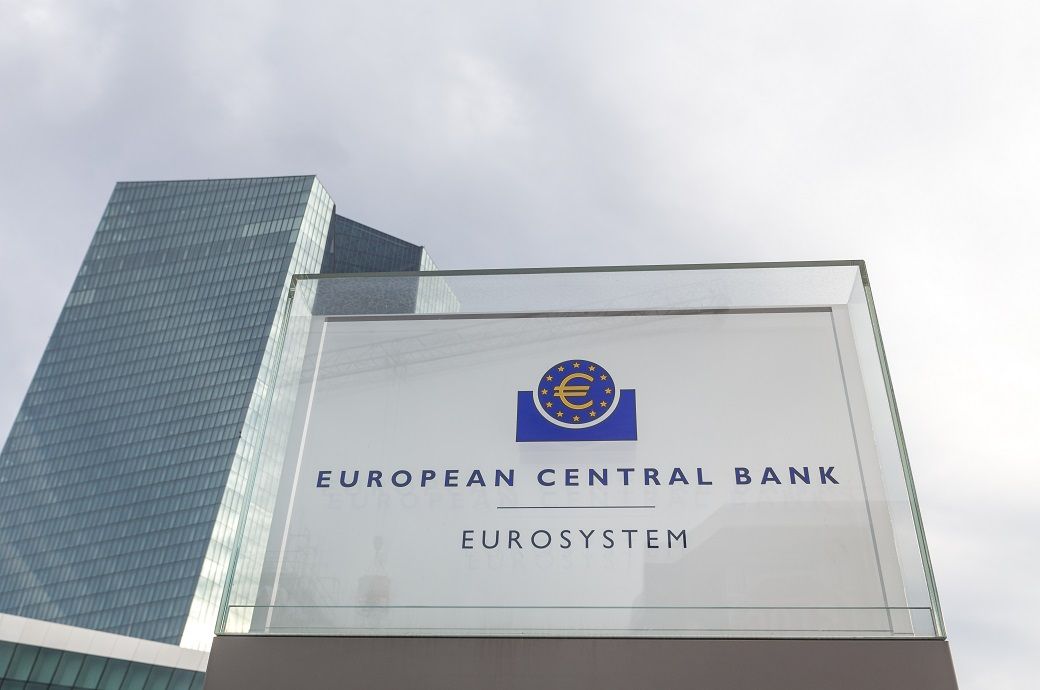

The DFR, currently at 4 per cent, became the de facto policy rate during the period of quantitative easing (QE) when the ECB introduced its ‘ample reserves’ framework. According to the ECB's March Global Economic Outlook, Fitch Ratings projects the DFR to further decline to 2.5 per cent by the end of 2025.
To achieve closer control of the short-term rate and reduce the stigma attached to seeking refinancing from the central bank, the ECB plans to narrow the spread between the DFR and the main refinancing operations (MRO) rate from the current 50 basis points to 15 basis points on 18 September 2024, as per Fitch Ratings’ non-rating action commentary.
The ECB aims to shift from the current de facto supply-driven floor system, where reserves are abundant and determined by the size of the ECB’s balance sheet, to a demand-driven system with less ample reserves and a degree of reserve scarcity. The ceiling will be set at the MRO via lending operations. Additionally, ECB policymakers are looking to revive overnight interbank operations within the interest rate corridor.
ECB officials have highlighted a trade-off between achieving tight control over short-term rates, avoiding volatility, and reducing the balance sheet and footprint in sovereign bond markets. Bank reserves remain high, at 23 per cent of GDP in the first quarter of 2024, and projections indicate that reserves should not become scarce until 2027. However, recent experiences suggest that reserve scarcity can occur at higher-than-expected reserve levels.
Before reaching this point, the ECB may need to start increasing bank reserves again. While maintaining a ‘structural’ bond portfolio, ECB policymakers prefer to use refinancing operations to manage bank reserves, rather than buying eurozone debt, thereby continuing to reduce the Eurosystem’s bond market footprint.
Fibre2Fashion News Desk (DP)